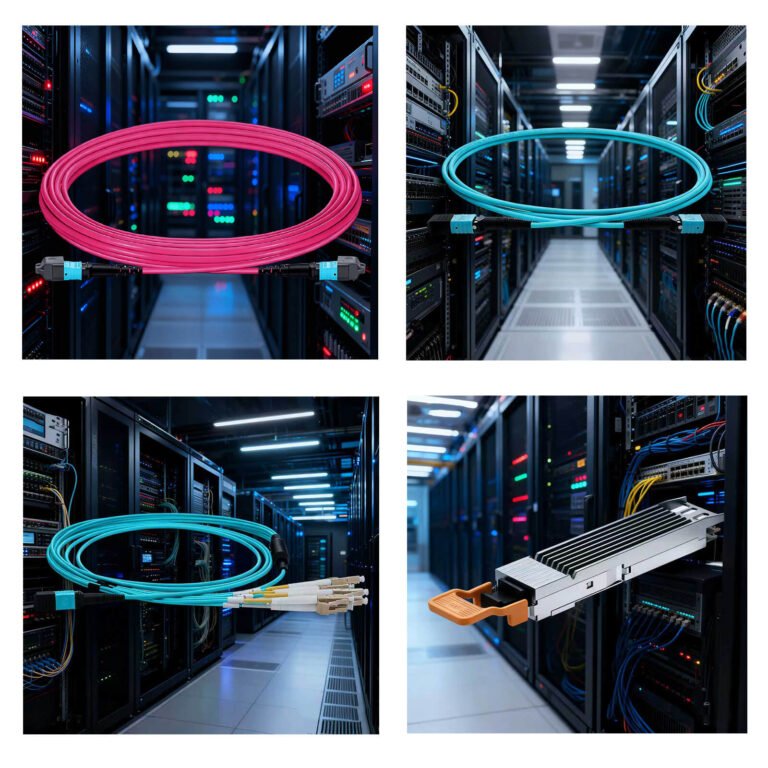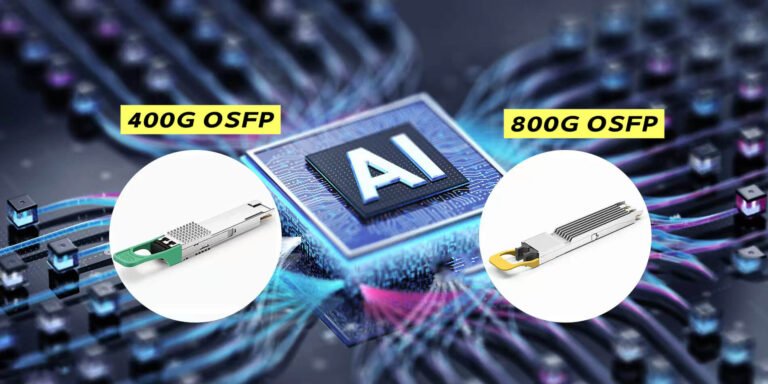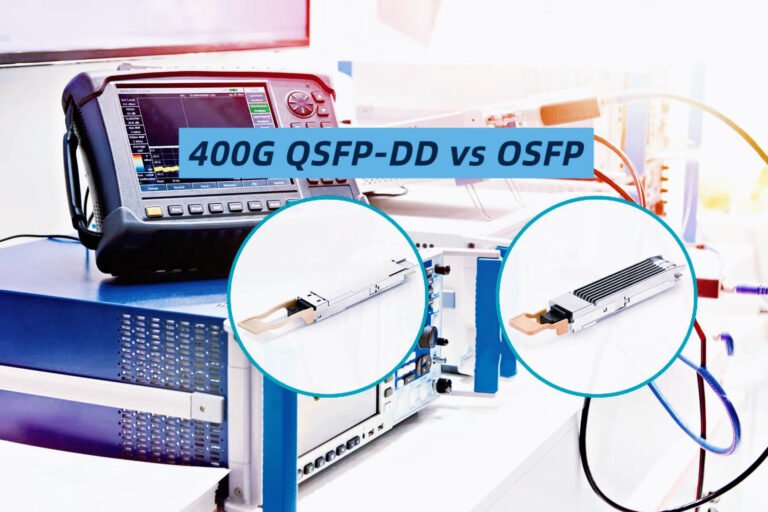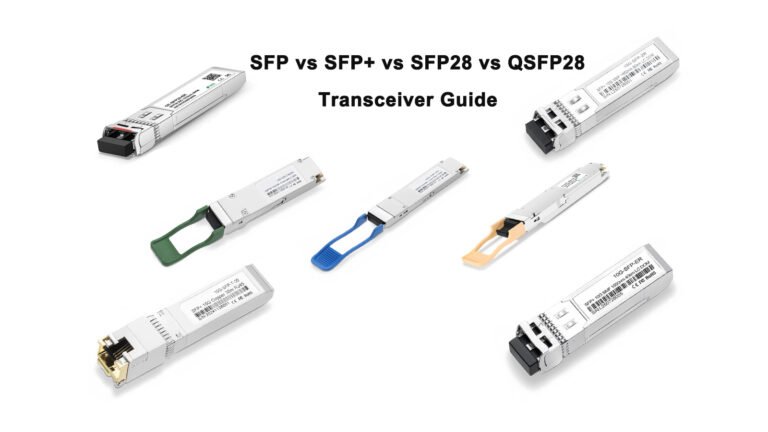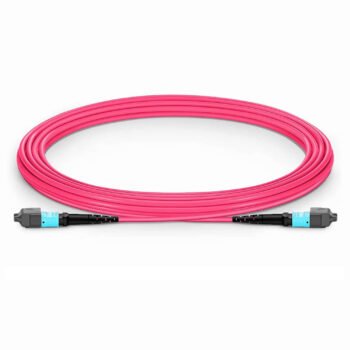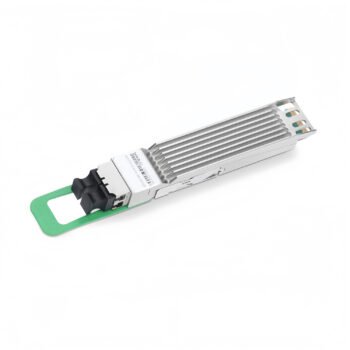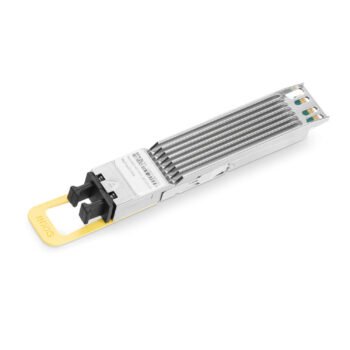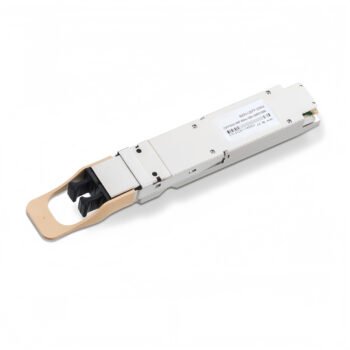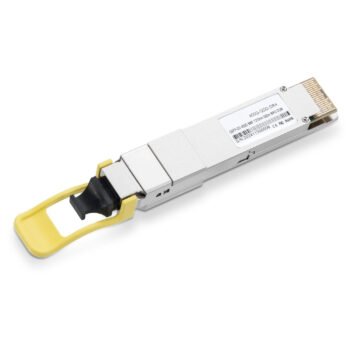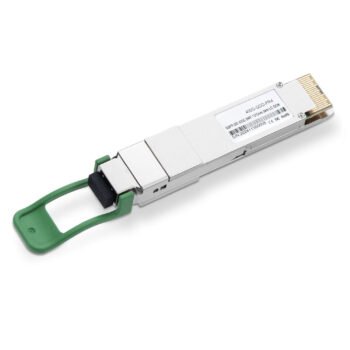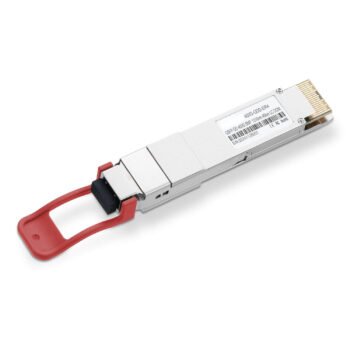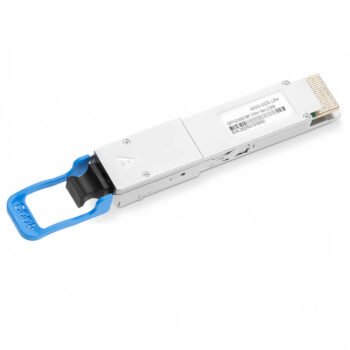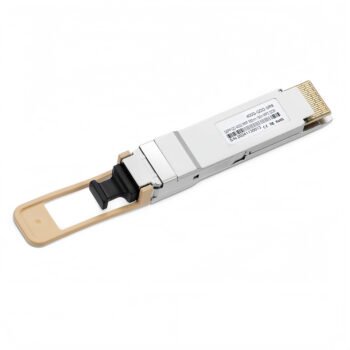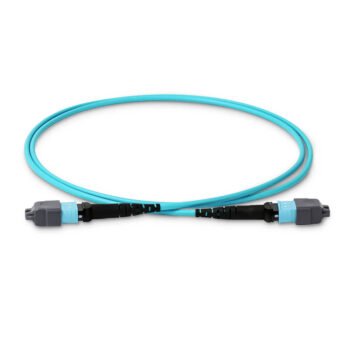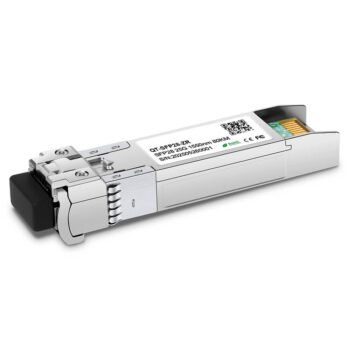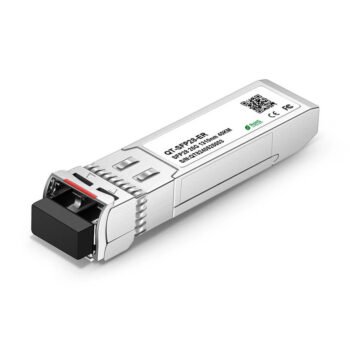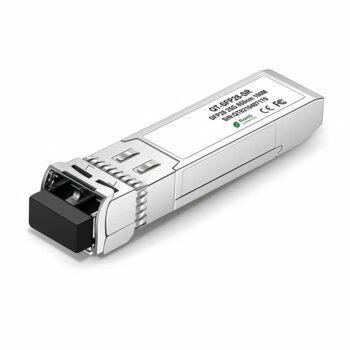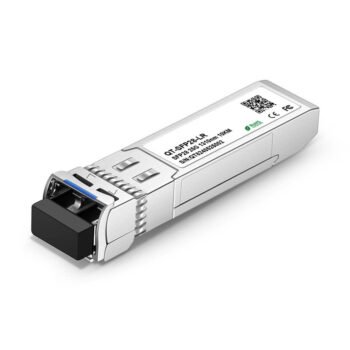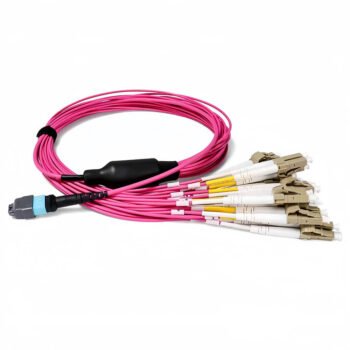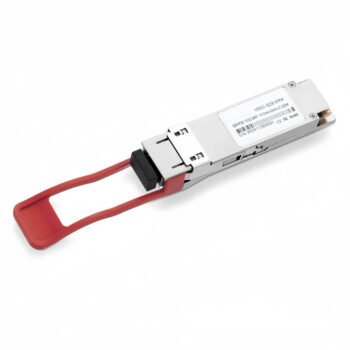What Is the Difference Between QSFP-100G-LR-S and QSFP-100G-LR4-S?

I know the pain: two Cisco part numbers both promise 100 G over 10 km on single-mode, yet specs, pricing, and compatibility notes do not match. Teams argue, projects stall, and the link still sits dark. I have been there. I wrote this breakdown so you ship once and light up first try.
Direct answer: Both modules deliver 100 G over single-mode fiber to ~10 km using QSFP28. QSFP-100G-LR4-S1 is the classic LR4 design with four 25 G LAN-WDM wavelengths inside the transceiver; QSFP-100G-LR-S2 is a cost-optimized LR variant that meets the same reach but may differ in firmware IDs, power draw, options (e.g., OTN), and tolerance ranges.
In real builds, the choice is not only “will it reach 10 km?” I weigh port whitelists, IEEE 802.3ba optical budget3, DOM behaviors, heat in a packed leaf, and long-term cost per port. I also consider spares and supply risk. Below I unpack each factor the way I explain it to procurement, NOC, and the field team.
What Is a QSFP-100G-LR4-S?
I treat QSFP-100G-LR4-S as the baseline long-reach 100 G QSFP28 for campus, metro, and data-center interconnect up to 10 km. It converts four electrical CAUI-4 lanes into four optical lanes on LAN-WDM4 wavelengths near 1310 nm, then multiplexes them onto one pair of fibers with LC connectors.
Direct answer: QSFP-100G-LR4-S = QSFP28 form factor + LR4 optical engine + ~10 km reach on OS2 single-mode + LC duplex. It uses four internal wavelengths (25 G each, NRZ), offers DOM/diagnostics, and typically runs within 3.5–4.5 W depending on vendor revision and temperature.

Core Optics and Electrical Lanes
- Electrical interface: CAUI-4 (4 × 25.78125 Gb/s NRZ)
- Optical interface: 4 × 25 G lanes, multiplexed to one fiber per direction
- Fiber: OS2 single-mode, LC duplex, 1310 nm window
- Reach target: up to 10 km without amplifiers
Typical Optical Parameters
| Parameter | Typical | Notes |
|---|---|---|
| Transmit wavelengths (LAN-WDM) | ~1295.56 / 1300.05 / 1304.58 / 1309.14 nm | 4 lanes |
| Tx OMA / power | –1 to +4 dBm | per lane; vendor-specific |
| Rx sensitivity | ≤ –10 to –13 dBm | aggregate lane performance |
| Extinction ratio | ≥ 4 to 6 dB | depends on laser design |
| Dispersion tolerance | 10 km SSMF | 1310 nm band, low CD |
I always check the latest datasheet revision because power classes and exact ER ranges shift over time.
QSFP-100G-LR4-S Transceiver Module — What Should I Expect in the Box?
When I receive LR4-S, I inspect the label, scan the serial, and grab the factory test sheet. I verify DOM reads sane values on my test chassis before we roll to site. This saves one truck roll and a handful of “non-issue” tickets later.
Direct answer: Expect a QSFP28 module with LC duplex front, DOM support, EEPROM vendor ID, laser safety markings, and a pull-tab. It supports 100GBASE-LR4 Ethernet3, has a temperature rating (usually 0–70 °C), and typical power under 4–5 W.
Unboxing Checklist
| Checkpoint | Why I Check It | Pass/Fail Rule |
|---|---|---|
| Label & P/N match PO | Avoid wrong SKU at rack | Exact match |
| DOM visibility | Verify telemetry | Rx power within expected window |
| Power class | Thermal planning | ≤ 4.5 W for dense shelves |
| Firmware ID string | Switch acceptance | Whitelist confirmed |
| Case scuffs / pins | Prevent DOA on site | No visible defects |
Cisco QSFP-100G-LR4-S vs QSFP-100G-LR-S — What Are the Practical Differences?
Here is where confusion lives. Both are QSFP28, both say “LR,” and both aim for 10 km on single-mode. Yet field teams still see small but real differences that matter on a busy change window.
Direct answer: LR4-S is the classic LR4 build with four internal wavelengths and long-running BOMs. LR-S is a cost-optimized LR variant with the same target reach and Ethernet function but may differ in: EEPROM ID strings5, OTN support (often not on LR-S), power class, operating temp, and tolerance windows.
Side-by-Side at a Glance
| Attribute | QSFP-100G-LR4-S | QSFP-100G-LR-S | Why It Matters |
|---|---|---|---|
| Optical design | LR4 (4×25 G LAN-WDM) | LR (also 4×25 G) | Same reach method |
| Ethernet rate | 100GBASE-LR4 | 100GBASE-LR | Functionally same for Ethernet |
| OTN/OTU4 framing | Often no | Usually no | If you need OTN, verify SKU |
| Typical power | ~3.5–4.5 W | Often slightly lower | Impacts thermal headroom |
| Temp class | 0–70 °C | 0–70 °C, sometimes wider | For hot racks |
| EEPROM / ID | “LR4-S” strings | “LR-S” strings | Some NOS images whitelist only LR4-S |
| Price trend | Stable | Usually lower | Cost per port in volume |
Does QSFP-100G-LR4-S Support 100GBASE Ethernet Rate?
It sounds basic, yet I have had change tickets rejected because a reviewer thought LR4 meant “OTN only.” So I spell it out in every RFQ so no one can block a harmless install with a wording mistake.
Direct answer: Yes. QSFP-100G-LR4-S supports 100 GBASE Ethernet at 100 Gb/s line rate using CAUI-4 lanes and four optical lanes, multiplexed onto a single LC pair. It interoperates with other compliant LR4 optics across OS2 single-mode fiber6 up to ~10 km.
100G LR4 Optical Transceiver Uses Four Wavelengths — Why This Matters
Each of the four optical lanes runs at 25 Gb/s NRZ on distinct wavelengths in the LAN-WDM grid4. These are combined in the module, sent over one fiber, then split at the far end. This design keeps chromatic dispersion low over 10 km.
Direct answer: 100G LR4 modules use ~1295.6, 1300.1, 1304.6, and 1309.1 nm lanes, which fit into the LAN-WDM ITU grid, allowing them to coexist with other services in the O-band.
Why Four Lanes Help
- Lower serial bit rate per lane → easier optics
- Reduced CD penalty vs 100 Gb/s serial
- Interop across vendors who follow IEEE & ITU specs
Conclusion
- Backbone fit: Both reach ~10 km; LR4-S offers mature compatibility, LR-S is cheaper.
- Optical design: Both use 4×25 G LAN-WDM, multiplexed to LC duplex.
- Interoperability: Watch firmware IDs in mixed NOS estates.
- Fiber plant: OS2 single-mode, low CD, standard LC connectors.
- Budgeting: Confirm power class and DOM before mass deployment.
If you align the optic SKU to your network’s whitelist and plant specs, you can save on cost without losing performance. Always test in lab before site rollout.
- Cisco Systems — QSFP-100G-LR4-S Datasheet ↩
- Cisco Systems — QSFP-100G-LR-S Datasheet ↩
- IEEE 802.3ba — 100GBASE-LR4 Optical Specifications ↩ ↩
- ITU-T G.694.1 — Spectral grids for WDM applications: LAN-WDM ↩ ↩
- Cisco Support — Transceiver Module Compatibility Matrix ↩
- ITU-T G.652 — Characteristics of a single-mode optical fibre and cable ↩

